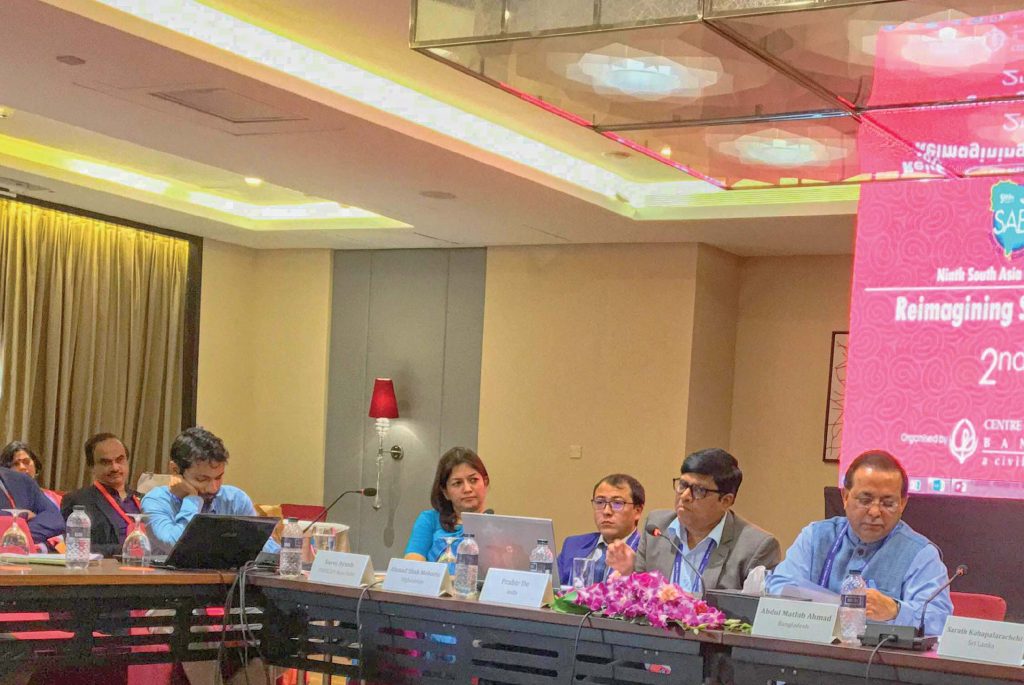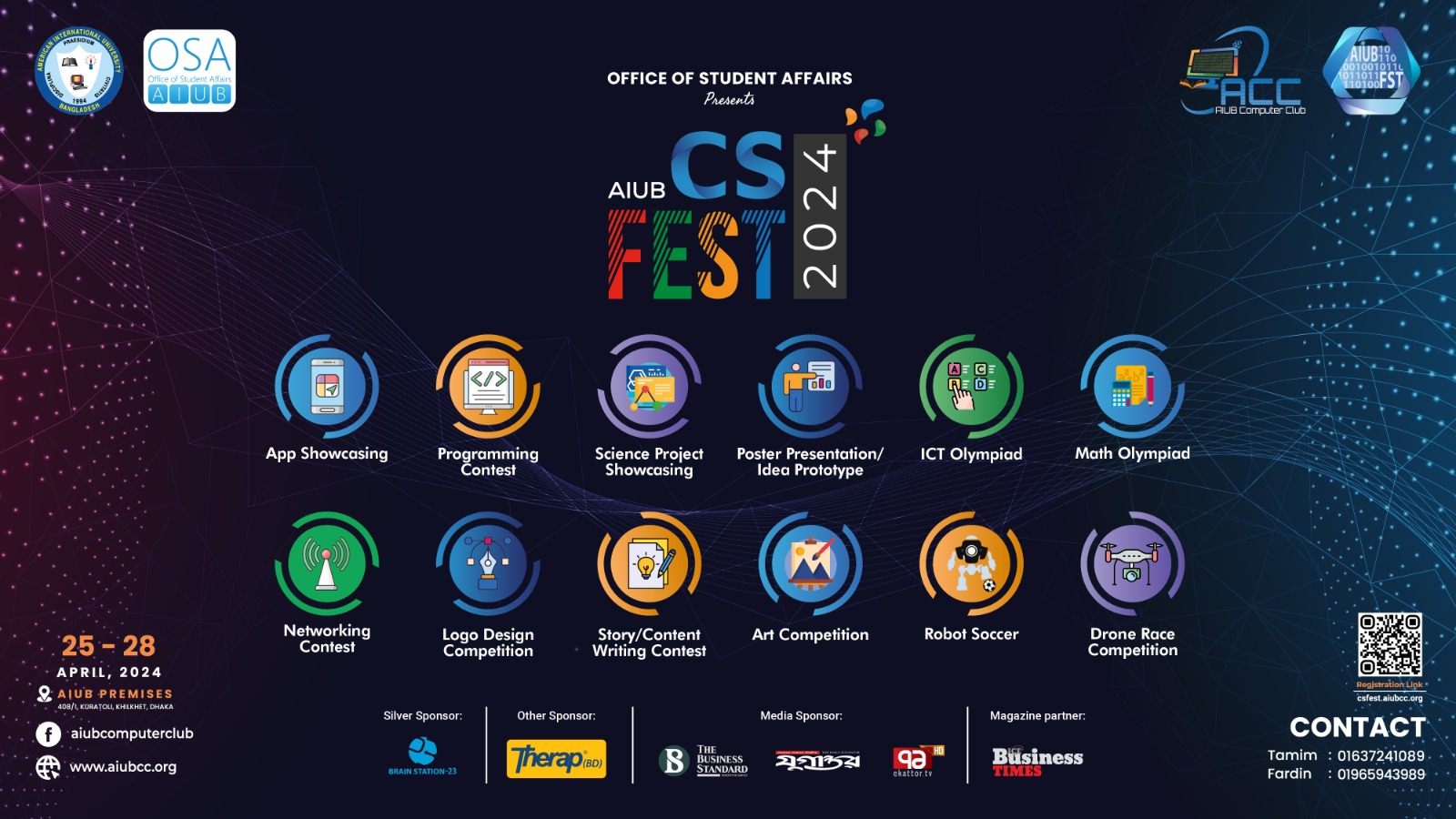Saroj Ayush
Consultant, UNESCAP

In the context of South Asia, what are the bottlenecks in the railway sector?
One of the biggest identified bottlenecks is the missing links and numerous border crossing matters in the Tran Asian Rail (TAR) Network. According to a 1998 study by UNESCAP, the cost of plugging the missing links was approximated at $4,561 million. The southern corridor of the TAR Network has been identified to commence from Kunming, China to Kapikule, Turkey. It was to run through Xiaguan, Ruili (Myanmar), Lashio (Myanmar), Mandalay, to India, Bangladesh, Pakistan, Iran, and Turkey, providing a connection between Europe and Eastern Asia via South Asia. The volume that was required to be moved did not justify the investment of the entire corridor.
However, in recent times with the increase in trade, the operationalization of the South and South West Asia portion of the corridor passing through Bangladesh, India, Pakistan, Iran and Turkey seems to be technically feasible. This corridor termed as the ITI-DKD corridor of the TAR at current levels needs infrastructure financing only to the extent of upgrading the track. There are no missing links with only one change of track gauge at Zahedan (Iran). However, the absence of a Regional Railway Agreement to operationalize the route has not been agreed upon by the concerned governments and that seems to be the biggest bottleneck at present.
Could you cite a successful model of regional connectivity through railway? What can Bangladesh learn from this model?
There are many regional cooperation blocks in Asia and the World which can be cited for successful implementation of regional connectivity through Railway. The entirety of Europe is integrated by railway connections. Another example that is closer to our region is the northern corridor of TAR and the Central corridor of TAR which is operational. The latest railway cooperation agreement comes from the ECO (Transit Transport Framework Agreement) TTFA which facilitates the running of trains from Istanbul to Islamabad.
The biggest advantage of the availability of successful models across the world is learning from their experimentation. The worldwide cooperation has made economic and operational models available. Furthermore, transit agreements and transport and trade facilitation tools are being available off the shelf. This makes the process of implementation easy and does not necessitate the participating country to go through the long process of negotiation of the operational and commercial terms. Bangladesh can certainly benefit from the tools available to various multilateral agencies like UNESCAP, World Bank, ADB, etc.
You emphasize the necessity to create a systematic method for the monetary demands of transporting goods via the railway (per accordance to the country or the distance). How would this help improve railway connectivity in the SAARC region?
Railways in this region are essentially a government run enterprise with very little privatization. This in no way undermines the fact that they essentially remain a profit oriented business entity. This facilitates their competition with other available options but at the same time, they should know how to remain economically viable. One of the many reservations which the countries have been putting up, in this case, is the benefits being available to the country by allowing transit through their territory. It is perceived that this comes at the cost of diverting funds from the infrastructure of national importance to strengthening regional connections over railways. To deal with this it is essential that the transit trade over railways is self-sustaining. A unified and agreed method of the pricing of the product and apportioning of the revenue has to be in place to make the endeavor successful. The two main concerns to be addressed over here is the transit revenue to be earned by the concerned country and the pricing of the product which should be competitive with the other route and mode choices available with the shipper.
In the context of SAARC, the land route becomes very important as it serves a huge hinterland. The railways in this region have an advantage of crossing through the ICD locations of the hinterland hence offering transit time and cost advantage to inter ICD movements.
One of the many problems in our region is the lack of human resource and infrastructure. How can such challenges be tackled?
SAARC country demographics currently favor human resources; it houses the youngest population and workforce in comparison with other countries. However, training and skill development remain a challenge. The governments of these countries have realized the potential of their youth population and many steps have been taken for tackling the skill development of these workforces. This will yield positive results in the future.
Infrastructure development has also been given due importance in the last two decades and this region has witnessed growth in that sector. Infrastructure financing has been an issue for which various options can be considered like Private Public Partnerships, Financing from Regional and International banks like ADB and WB, lines of credit and soft loans from developed countries.
What is the potential of regional connectivity through rail lines?
The potential of any transport corridor is measured in the volumes it carries at present which is the existing demand; the total demand for connectivity would come from the generated demand or potential demand and diverted demand which is the cargo that gets diverted to it from other modes. As this route is currently not operational, it would be difficult to ascertain the kind of volumes of cargo that would move over it. The containerized volumes handled by the ports of this region have seen a steady increase over the last decade. The congestions experienced at the ports are also indicative of the fact that there is ample scope for developing alternate modes of transport. Finally, how much trade would be carried over the route would depend on the route choice parameters offered by the countries concerned in terms of reliability, transit times, security, transit costs and ease of transportation etc.
A UNESCAP study has indicated that 65% of trade potential of the SAARC region has not been realized due to the absence of transport connectivity in the region.
The ECNEC has recently approved the Bangladesh Railway megaproject. How would this improve regional connectivity within the nation and with neighboring nations?
Bangladesh Railways needs to upgrade its track structure and rolling stock availability. It is undertaking measures to convert the meter gauge tracks to gauntlet tracks or dual gauge tracks. It has invested majorly in upgrading the rolling stock. This would lead to an easing of the interoperability of the rolling stock with India.
Currently, the volume of freight traffic moving over Bangladesh Railway is very low. With its integration with the regional traffic, it is expected that a lot of Indian Cargo bound for the North Eastern States of India would move via Bangladesh Railway. It would also open the utilization of Chittagong port for international trade of the northeastern States. Nepal and Bhutan may also get access to Bangladesh ports in Mongla, Ashuganj, and Chittagong. This would substantially increase the freight traffic being moved over Bangladesh Railway.
What are the matters that affect railway connectivity between trans-border nations? What security advancement is necessary for efficient utilization of this system?
If we talk specifically about SAARC nations and railway movements, we observe that there are existing bilateral arrangements in between these countries under which rail movements are taking place at present. There is a need to have a Regional Railway Agreement to be put in place in the region to facilitate transit cargo.
There are many concerns of the member countries which would need to be addressed to actually make the run possible. This would cover the interoperability issues of rolling stock management, crew and staff management, operational issues, transit and transport facilitation issues such as customs, sharing of data, standardization of documents, sharing of revenue, or single consignment note to name a few. However, to reiterate my point, there are many models of regional connectivity running successfully in the world which can be picked off the shelf and implemented to make the regional connectivity of SAARC region successful.
The need of the hour is for the countries to adopt an acceptable master plan which would entail a Truck Corridor – Feeder Network model for maximizing network externalities. Localized multimodal sub-regional options may be evaluated and operationalized to minimize initial complexities of reforms. A container train that runs from Dhaka to Delhi on the agreed Trans-Asian Rail Network can be operationalized to observe the impact on the network. This may further be extended up to Islamabad and integrated to the currently running Istanbul-Tehran-Islamabad train.















